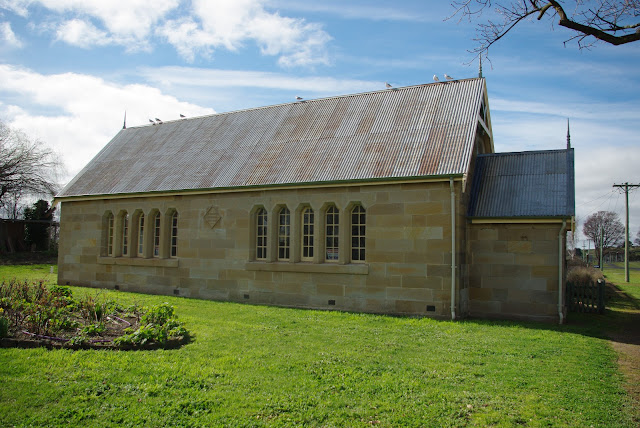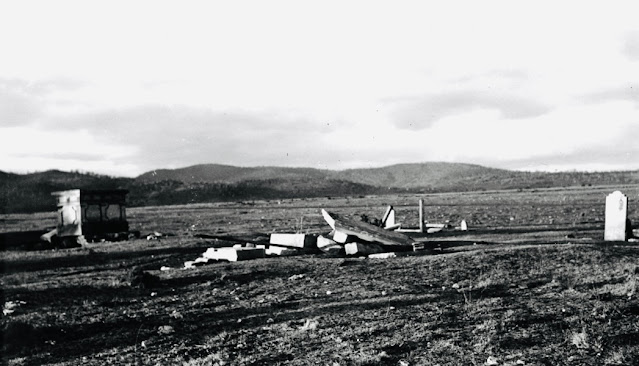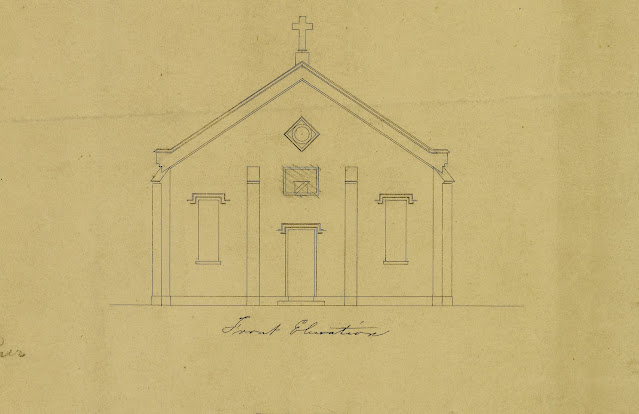No. 1156 - York Plains - Anglican Church

York Plains is a rural community approximately 10 kilometres northwest of Oatlands. It was named by Governor Lachlan Macquarie in 1811 in honour of the Duke of York. It had previously been known as Scantling’s Plains, after the bushranger Richard Scantling. By the close of the nineteenth century the population of the York Plains district had grown considerably. In 1898 a State school opened and a public hall was built in about 1914. Anglican services were held in the York Plains Hall for many years. Moves to build a church at York Plains began in 1935. ‘Church News’ reported that a church was to be built and that “people were donating three pence a brick”. In May 1938 an advertisement calling for tenders to build a new brick church at York Plains was placed in the Hobart Mercury. The proposed building was designed by architect Eric Round of Hobart. Round was the designer of several Tasmanian churches including All Saint’s at Margate and St Luke’s at Longley. Further progress was repo...












